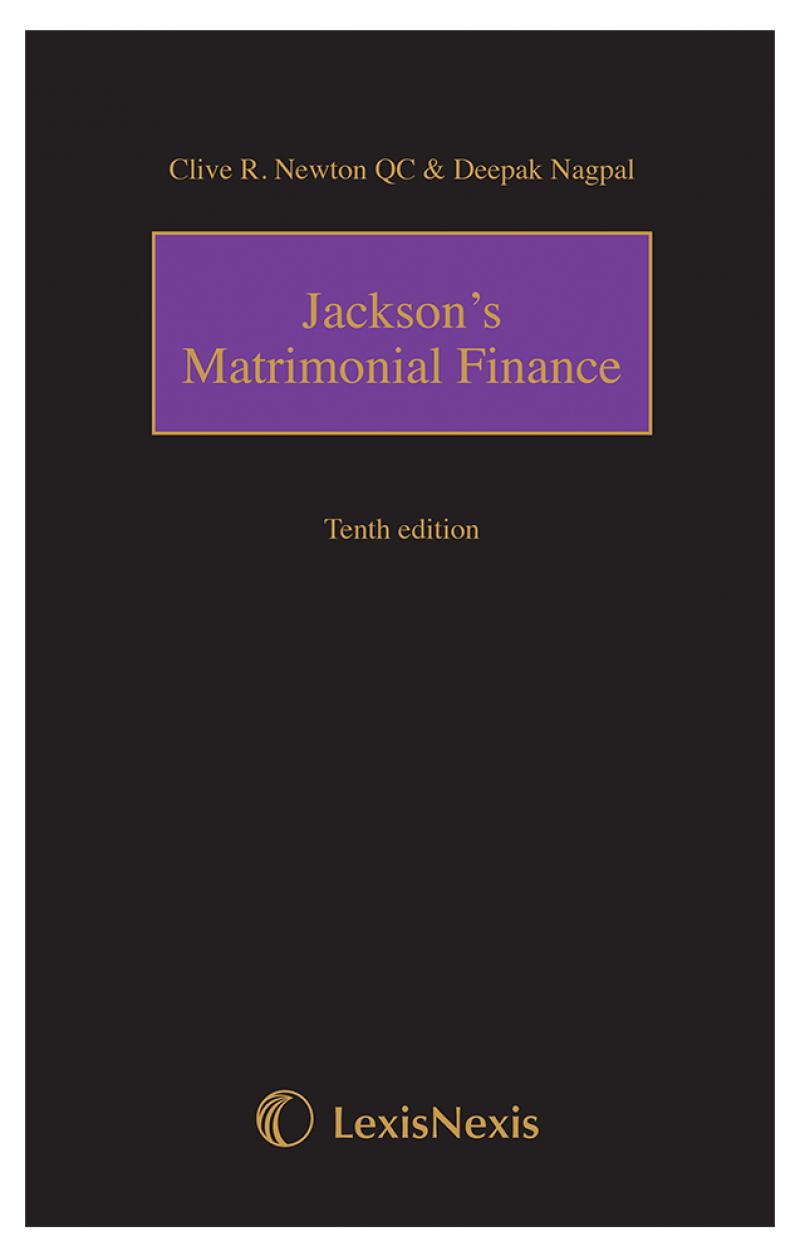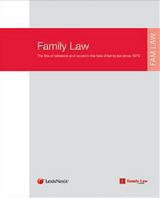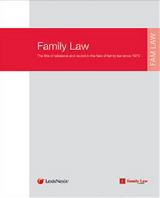- News & Comment
-
Online Shop
Online Services
Looseleafs
Law Reports
Books and eBooks
-
CPD & Events
Webinars
Events
- Authors
- About Family Law
- Contact












 10 MAR 2025
10 MAR 2025

 10 MAR 2025
10 MAR 2025

 10 MAR 2025
10 MAR 2025

 10 MAR 2025
10 MAR 2025

 10 MAR 2025
10 MAR 2025





![What’s in a shared care ‘label’? Reflections from AZ v BX [2024] EWHC 1528 (Fam)](https://www.familylaw.co.uk/images/venue_image/flj_journal-cover-image.tmb-moblatest.jpg?sfvrsn=fc885076_1)

 CM v Exor of the Estate of EJ (deceased) and HM Coroner for the Southern District of London [2013] EWHC 1680 (Fam), Cobb J reminds family lawyers of the important remedy of declaration. Such applications in the family courts may have to be made by ‘originating summons', in family proceedings, because of the insistence of the Family Procedure Rules Committee that all applications be shoe-horned into a particular statute-based format. Issue of family law proceedings has become a little like the medieval actions on the case: if you cannot find the form you have no remedy; rather than the remedy dictating the form (ubi lex, ibi remedium). Whatever procedural form the rules committee insists upon, as a remedy the declaration is as important in the family law, as in any other, context; and it is as available in private, as in administrative law, proceedings.
CM v Exor of the Estate of EJ (deceased) and HM Coroner for the Southern District of London [2013] EWHC 1680 (Fam), Cobb J reminds family lawyers of the important remedy of declaration. Such applications in the family courts may have to be made by ‘originating summons', in family proceedings, because of the insistence of the Family Procedure Rules Committee that all applications be shoe-horned into a particular statute-based format. Issue of family law proceedings has become a little like the medieval actions on the case: if you cannot find the form you have no remedy; rather than the remedy dictating the form (ubi lex, ibi remedium). Whatever procedural form the rules committee insists upon, as a remedy the declaration is as important in the family law, as in any other, context; and it is as available in private, as in administrative law, proceedings.
Dr CM (a medical doctor) was returning home from work, and saw EJ's body at the foot of the building from which she had fallen. EJ was bleeding profusely. CM gave immediate help. Para-medics were called; but EJ died at the site. As she washed EJ's blood from her hands, and she realised she had abrasions on her hands (probably from alcohol used to wash her hands at work). She was concerned at becoming infected by a blood-borne disease. She started a course of prophylactic antiretroviral medication; but this caused significant short-term side effects which might cause long-term harm to her. By testing EJ's blood it could be determined whether there was a risk to CM; but this needed to be done urgently.
Human Tissue Act 2004 makes it a criminal offence to remove human tissue without appropriate consent. Consent may be from the person from whom tissue is taken (impossible here), then from those in a ‘qualifying relationship'. A coroner may store the body, but not consent. The parents could not be traced in the time available. Cobb J therefore consented ‘under the inherent jurisdiction' and granted declarations that blood be removed from EJ for testing for blood-borne diseases; that CM could be informed of the results and could destroy the samples after use. Tests were carried out and were free of blood-borne diseases.
The application was made by originating summons and disposed of in the Family Division (under CPR 1998 this would have been the Part 8 procedure). A specified range of family proceedings declaration applications are covered by FPR 2010 Part 8 (mostly under the ‘Part 19 procedure'). The ‘inherent jurisdiction' under FPR 2010 Part 12 deals only with the inherent jurisdiction as an originating process for children cases. This picks up the oblique reference to ‘inherent jurisdiction' in Children Act 1989 s 100(2) (and see Senior Courts Act 1981 Sch 1 para 3 (proceedings assigned to the Family Division) refers only to the ‘inherent jurisdiction' as a part of children proceedings).
Administrative Law (10th edition, 2009, Oxford) Wade and Forsyth at 480-489 explains how important a remedy is the declaration. As in CM v EJ a declaration may be obtained as a private law remedy (in truth administrative law has adopted, and developed, the declaration from the private law jurisdiction). In their deliberations on the family court it is to be hoped that the rules committee will give proper prominence to this, and other remedies like it in the family law field (eg under Matrimonial Causes Act 1973 s 7 (approval of agreement)), which do not fit into their actions on the case programme.
CM is a doctor and seems to have been represented by her insurer lawyers. But suppose help had been provided by a layperson (DN), who must rely on private legal assistance to secure the remedy that CM obtained from Cobb J, perhaps to save her life. Were DN financially eligible for legal aid, would civil legal services have been available? If so, how easily would most civil lawyers have got this action off the ground, against the possible procedural hurdles (see discussion of the ‘inherent jurisdiction' under Children Act 1989 s 100 in Family Court Practice 2013)? Food for further thought...
David Burrows is author of Practice of Family Law: Evidence and Procedure (Jordans, 2012).
The views expressed by contributing authors are not necessarily those of Family Law or Jordan Publishing and should not be considered as legal advice.




Leave a commentOrder by
Newest on top Oldest on top